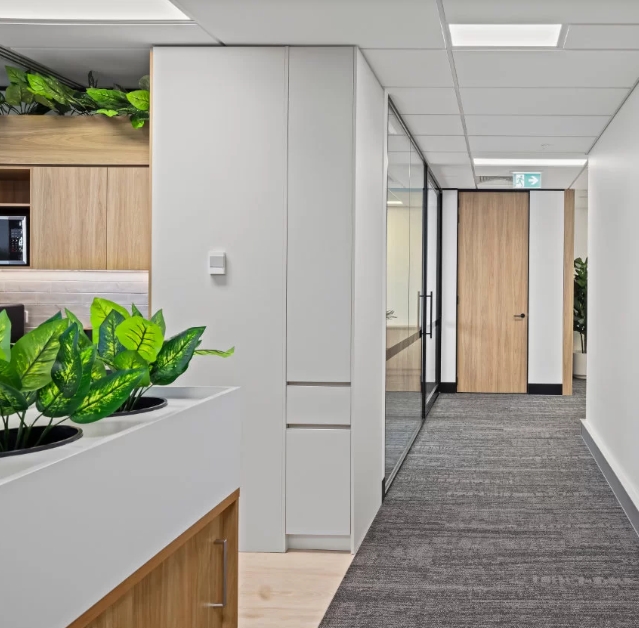

The importance of a well-designed medical practice cannot be overstated. A thoughtfully planned and executed medical fitout can greatly enhance the overall patient experience, as well as improve the efficiency and effectiveness of the healthcare services provided.
First and foremost, a well-designed medical practice can create a welcoming and comfortable environment for patients. This can help alleviate any anxiety or apprehension they may feel about visiting the doctor, leading to better outcomes for their health. A pleasant atmosphere can also help put patients at ease and foster trust in their healthcare providers.
Additionally, a well-designed medical practice can improve workflow and efficiency for healthcare professionals. By carefully considering the layout of the space, including the placement of equipment, furniture, and signage, staff members can more easily navigate the practice and provide timely care to patients. This can lead to shorter wait times, increased patient satisfaction, and ultimately better health outcomes.
Furthermore, a well-designed medical practice can reflect positively on the reputation of the healthcare provider. A clean, modern, and organized space conveys professionalism and attention to detail, which can instill confidence in patients and attract new business. In today's competitive healthcare landscape, having a well-designed practice can set a provider apart from their peers.
In conclusion, investing in a well-designed medical practice is essential for both patient satisfaction and operational success. By creating a welcoming environment, improving workflow efficiency, and enhancing reputation, a thoughtfully planned medical fitout can have wide-ranging benefits for both patients and healthcare providers alike.
Budgeting for a medical fitout is a critical step in the planning process that directly impacts the success of the project. A well-structured budget helps avoid unexpected costs and mismanagement of funds while ensuring that the facility meets both functional and aesthetic needs. Here are some key considerations for budgeting your medical fitout effectively.
Start by defining your overall budget based on your financial capacity and goals. Consider not only the initial investment required for the fitout but also the ongoing operational costs once the facility is open. This comprehensive approach helps create a realistic budget that encompasses both immediate fitout expenses and long-term financial sustainability.
Break down your budget into specific categories, including design, construction, medical equipment, furnishings, technology, and permits. Each category will have its associated costs, and understanding these elements can help prioritize spending and make informed decisions. For instance, investing in high-quality medical equipment may take precedence over cosmetic finishes to ensure patient care remains a top priority.
During the design phase, engage with professionals who can provide accurate cost estimates for various fitout elements. Architects, interior designers, and contractors can offer valuable insights into potential costs and help avoid underestimating expenses. Collaborating with experienced professionals ensures that your budget reflects realistic costs while providing guidance on materials and designs that align with your vision.
It’s essential to account for unforeseen costs by including a contingency fund—typically around 10% to 15% of your total budget. This buffer can help you manage unexpected expenses that arise during the fitout process, such as delays, changes in design, or additional construction requirements.
When budgeting for equipment and technology, consider both the initial purchase costs and ongoing maintenance expenses. Investing in durable, high-quality medical equipment can lead to significant long-term savings, reducing the need for frequent replacements and repairs.
Lastly, don’t overlook the importance of permits and licenses. Ensuring that your fitout complies with local regulations is crucial to avoiding fines or legal issues down the line. Factor in the costs of obtaining necessary permits, including health and safety inspections, building permits, and business licenses.
In conclusion, budgeting for your medical fitout requires careful planning, accurate cost estimates, and a consideration of both immediate and long-term expenses. By defining your budget, breaking down costs, accounting for contingencies, and collaborating with professionals, you can create a realistic financial plan that supports the successful execution of your medical fitout. A well-structured budget not only ensures the completion of your project but also sets the stage for your medical practice's ongoing success.
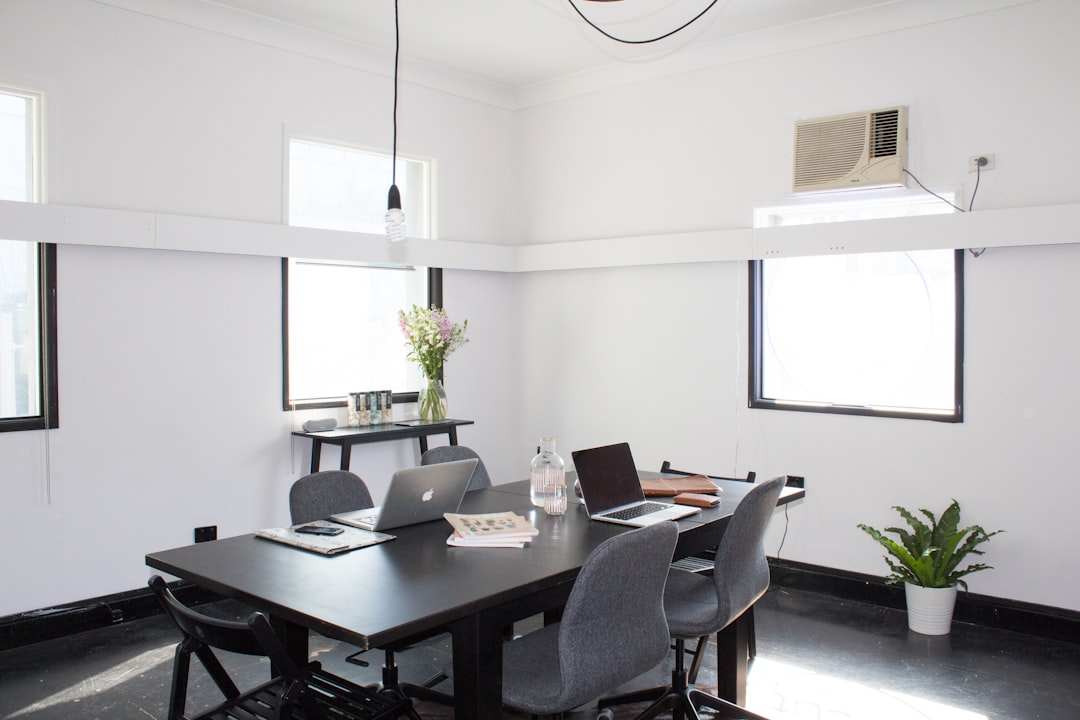
Are you looking to revamp your Sydney office without breaking the bank?. Transforming your workspace into a stylish and functional environment doesn't have to cost a fortune.
Posted by on 2024-11-07
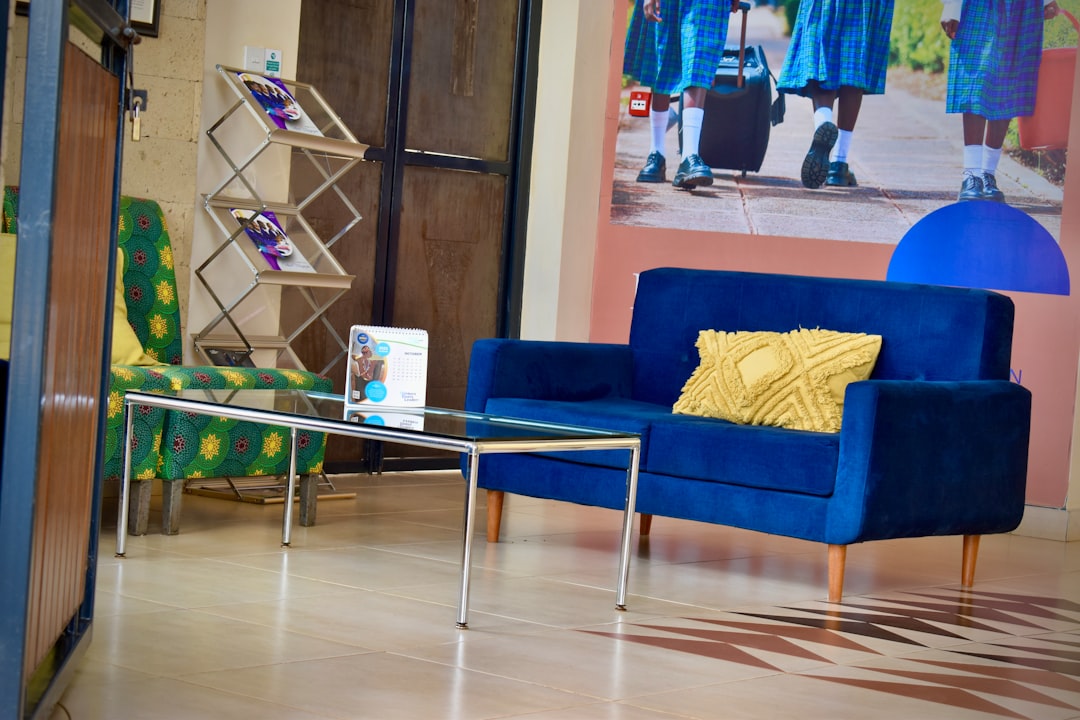
When it comes to completing affordable Sydney office fit outs, the timeline can vary depending on several factors.. The first step in the process is typically meeting with a design team to discuss your needs and budget.
Posted by on 2024-11-07
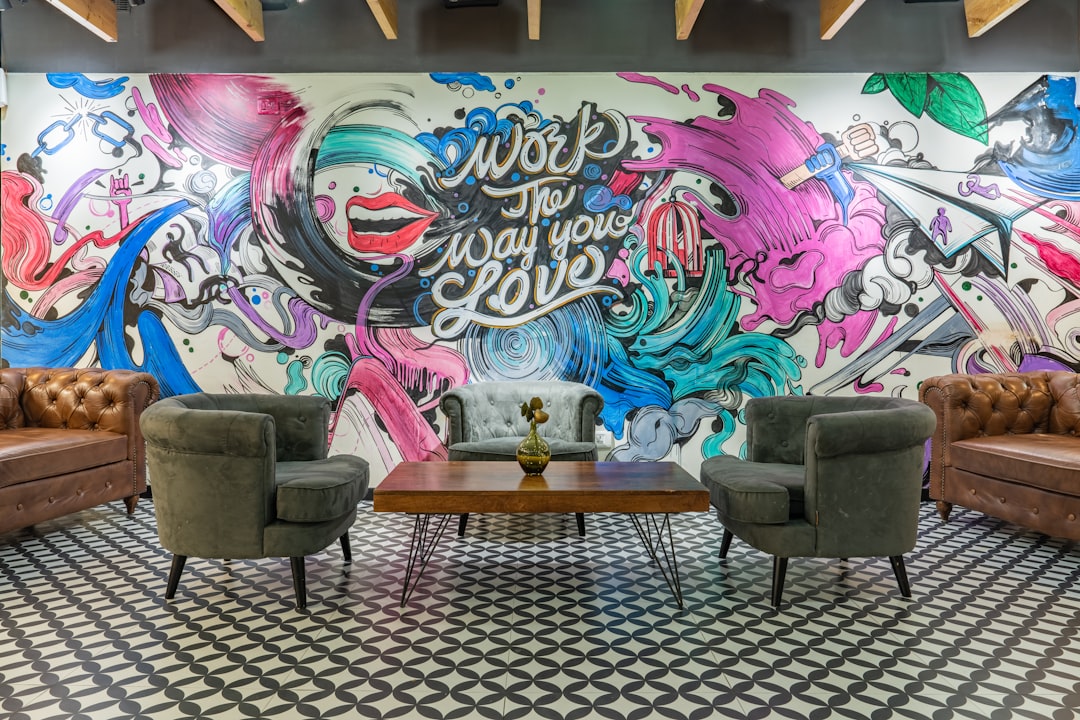
When it comes to setting up a new office space in Sydney, there are many factors to consider.. One of the most important decisions you will need to make is what is included in a basic package for office fit outs. A basic package for Sydney office fit outs typically includes essential items such as desks, chairs, storage units, and lighting fixtures.
Posted by on 2024-11-07
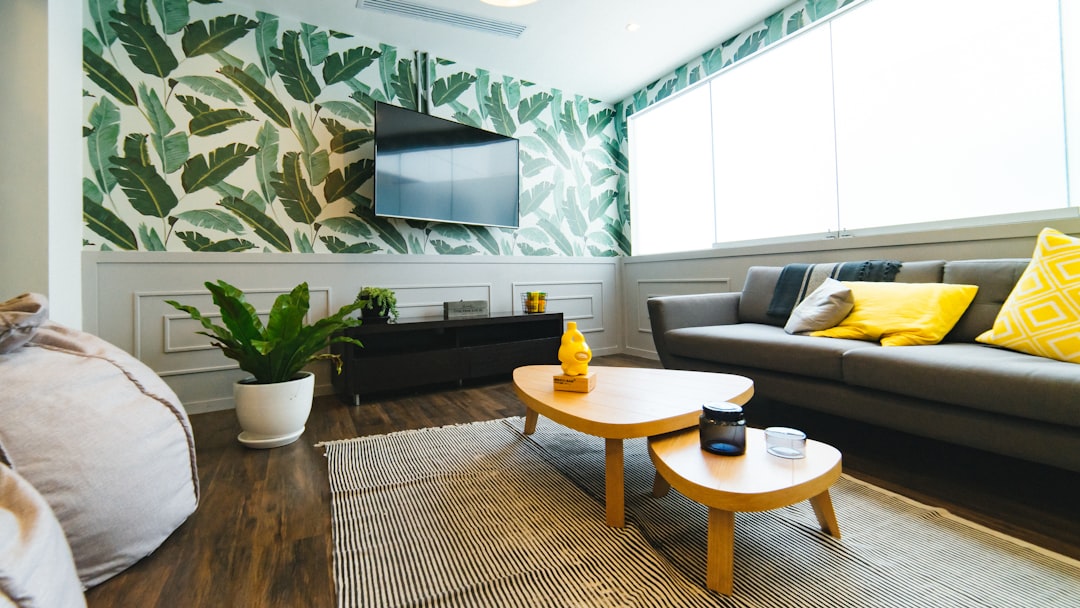
Are you looking to transform your office space in Sydney without breaking the bank?. Look no further!
Posted by on 2024-11-07
The medical industry is constantly evolving, and with it, the trends and innovations in medical fitouts are transforming how healthcare facilities are designed and operated. Staying informed about these trends is essential for healthcare providers looking to create modern, efficient, and patient-centered environments. Here are some key innovations and trends shaping the future of medical fitouts.
One of the most significant trends is the integration of technology into medical fitouts. Digital health solutions, telemedicine capabilities, and advanced diagnostic equipment are becoming essential components of modern healthcare facilities. Fitouts that accommodate these technologies can enhance patient care and streamline operations. For instance, telehealth consultation rooms equipped with video conferencing technology allow healthcare providers to connect with patients remotely, expanding access to care and improving convenience.
Sustainable design practices are also gaining traction in medical fitouts. As healthcare providers become more aware of their environmental impact, there is an increasing demand for eco-friendly materials and energy-efficient systems. Sustainable fitouts not only reduce the carbon footprint of healthcare facilities but also enhance the overall well-being of patients and staff. Implementing features such as green roofs, energy-efficient lighting, and water-saving fixtures can contribute to a healthier environment.
Another important trend is the focus on patient-centered design. Modern medical fitouts prioritize the patient experience, creating environments that promote comfort, privacy, and well-being. This includes thoughtful layouts that minimize wait times, inviting waiting areas that reduce anxiety, and treatment rooms designed for optimal comfort. Incorporating elements such as natural light, soothing colors, and biophilic design can create healing environments that enhance the overall experience for patients.
The rise of flexible spaces is also a notable trend in medical fitouts. As healthcare practices evolve, the need for adaptable spaces that can accommodate changing needs is becoming increasingly important. Designing multifunctional areas that can easily transition between uses—such as consultation rooms that can double as treatment spaces—ensures that facilities can adapt to future demands without extensive renovations.
Additionally, the incorporation of wellness and preventive care elements into medical fitouts is gaining momentum. Facilities are increasingly offering amenities that promote holistic health, such as fitness areas, nutrition counseling spaces, and wellness programs. By integrating these features, healthcare providers can encourage patients to take an active role in their health and well-being.
In conclusion, the future of medical fitouts is shaped by technology integration, sustainable design, patient-centered approaches, flexible spaces, and a focus on wellness. By embracing these innovations and trends, healthcare providers can create modern facilities that enhance patient care, improve operational efficiency, and promote a positive environment for both patients and staff.

Yes, you can customize your medical fitout to suit the specific needs of your practice by working closely with designers and contractors who understand your requirements and can tailor the design accordingly.